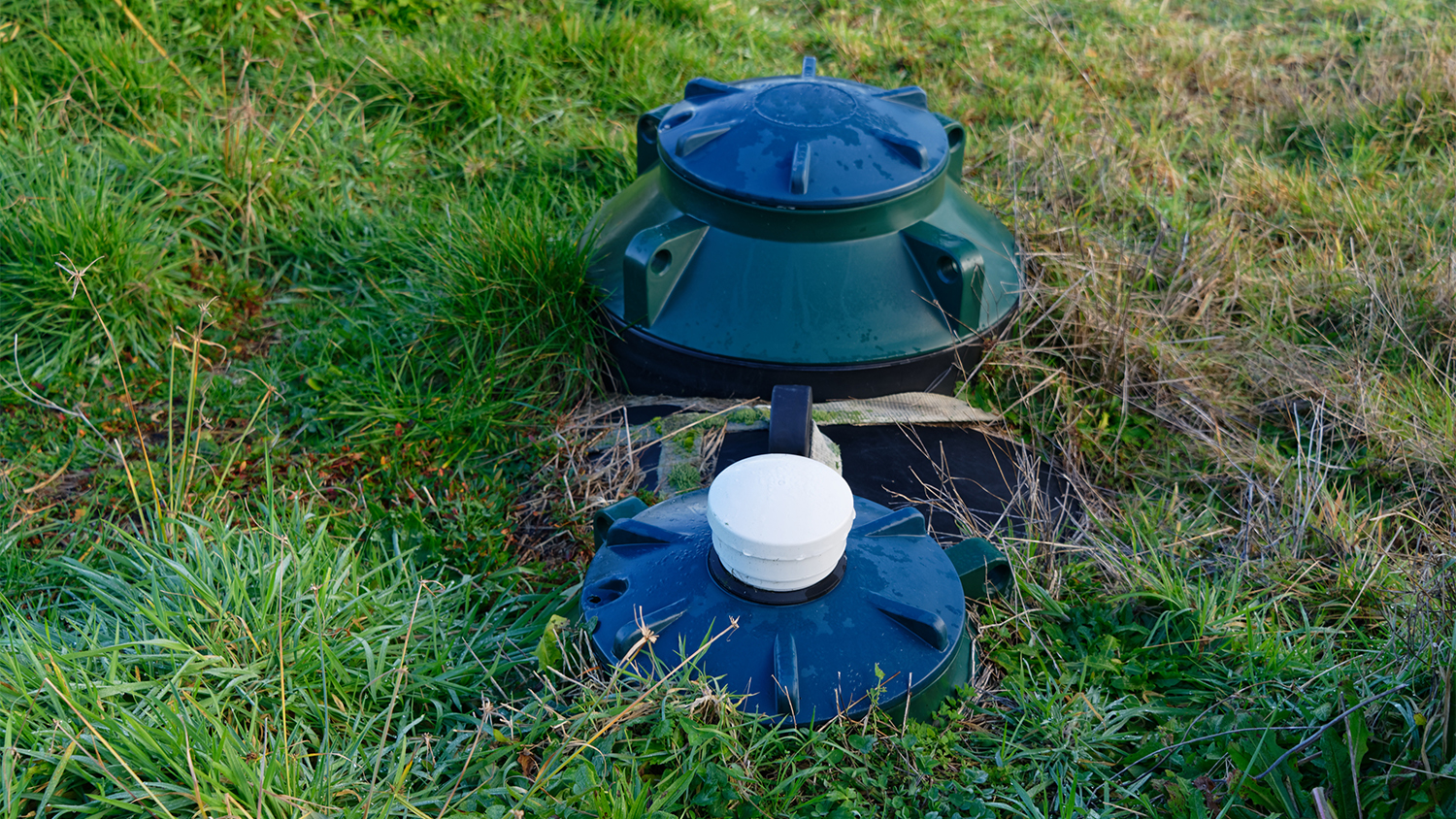
The average cost to connect to a public sewer line in Columbus, OH, depends on the linear footage, piping material, local regulations, and more.
Because ridding your own wastewater is just plain icky


If your toilets and drains clog a lot, you may want to invest in a grinder pump.
Grinder pumps process solids better than sewage lift pumps.
Grinder pumps can last up to 25 years.
There’s really no subtle way to start a discussion about sewage. It’s not glamorous and, on the scale of “fun conversations,” sewer system parts fall at about a one. So, without further ado, when is a grinder pump necessary? Grinder pumps are vital to the inner workings of your sewer system, and without them, you’d be knee-deep in a wastewater backup dilemma that’s about as bad as it sounds.
Not every home needs a grinder pump, but if you do need one, it’s best to know now so you can call in a local septic company ASAP to get one installed. Keep reading to learn what grinder pumps do, why they’re important, and whether your home needs one.
Put simply, grinder pumps help remove wastewater from your home, and they are an alternative to a sewage pump (more on this below). Just like your garbage disposal, the grinder pump pulverizes the wastewater your home produces in places like the bathroom and kitchen.
Grinder pumps have a large underground tank that holds the wastewater your family produces. When the wastewater tank is full, the pump cycles and moves the water out of the tank and into the public sewer main. Grinder pumps are installed by expert plumbers.
In most houses, gravity helps move the wastewater through your pipes and into the sewer main (like when you flush the toilet). But gravity alone isn’t enough to get the job done if you live someplace where the elevation forces your waste to travel up to meet the sewer. In these cases, you’ll need a grinder pump to guide the water along.
There are a few signs that can help you determine if your home needs a grinder pump:
Your toilets and drains clog a lot
Your home has an unpleasant aroma (unrelated to cooking or stinky trash, of course)
You’ve added a new room to your home, like a kitchen or bathroom, which requires pumping the wastewater vertically.
Nothing about what a grinder pump does is especially, well, attractive or pleasant. Luckily, grinder pumps are not an eyesore you must live with. These systems are buried underground and out of sight, just like septic systems.

Sewage lift pumps work the same way as grinder pumps (moving wastewater uphill via pump to meet the public sewer main), but they cannot process solids the same way a grinder pump can.
Sewage lift pumps lack the cutting mechanism that enables them to process harder materials. They are less expensive (between $300 and $800), but they aren’t as powerful as grinder pumps. This also means that sewage lift pumps cannot move sewage to as high a point as a grinder pump.
From average costs to expert advice, get all the answers you need to get your job done.

The average cost to connect to a public sewer line in Columbus, OH, depends on the linear footage, piping material, local regulations, and more.

Sewer line replacement is expensive, but going trenchless could save you cash in other ways. Here’s how much trenchless sewer line replacement costs.

Need to know what sewer line replacement costs in Los Angeles, CA? This guide will help you prepare to budget for sewer line replacement done by local contractors.

Wondering which type of septic system you should choose? Learn about the efficient aerobic septic systems and if it's right for your property.

Need to know what sewer line replacement costs in Houston, TX? This guide will help you prepare to budget for sewer line replacement done by local contractors.

Need to know what sewer line replacement costs in Denver, CO? This guide will help you prepare to budget for sewer line replacement done by local contractors.